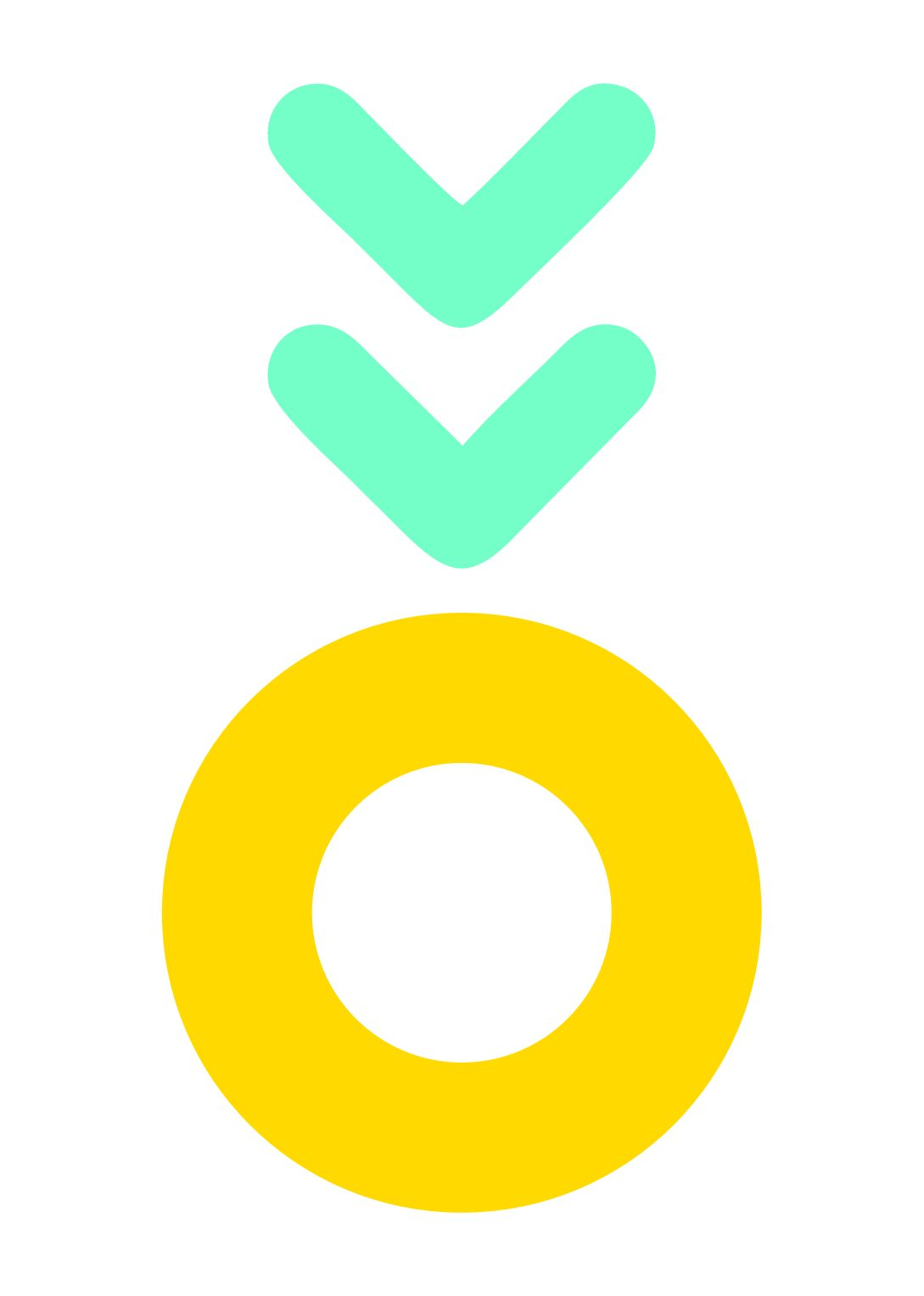
Insurance of the future


In light of the recent partnership announcement with local peer-to-peer insurance startup, Pineapple. The article below was published in the March 2018 edition of Popular Mechanics and shared with the consent of Ramsay Media to give more insight on Brolink’s tech-driven vision to facilitate insurance innovation and how this is in line with Pineappple’s model and outlook on the future.
A new kind of insurance hopes to shake up the traditional market through original business models and almost automatic systems.
by Nickky Knijf
When you think of peer-to-peer (P2P), you might think of the computational system where multiple computers share data processing responsibilities. But what if you moved the concept away from file sharing and applied it to insurance? Bizarre? Maybe, but definitely new in some ways and unique in some others.
P2P insurance models have been shaking up the traditional insurance industry for some time. In essence, it takes a different approach to how individuals insure their possessions, and how accounts are created and claims are paid out through intelligent,largely automated systems.
Pooling resources
P2P insurance is essentially people pooled into groups with common interests and (behaviour and business model depending) they stand to profit from their premiums on an annual basis. In some aspects this is similar to what some traditional insurers are offering, but the difference with P2P insurance is the chance of increased premium payback is greater and there is more transparency throughout the entire process: simply because individuals have an accurate idea of what is happening inside their insurance pool.
Many P2P insurers believe this transparency allows trust to be built inside the community of insurers, while reducing fraud.Internationally, there are a number of companies who offer an alternative to the traditional insurance model. One of these is German start-up Friendsurance, founded in 2010 with a view to connect groups of people and facilitate an annual cashback programme if the pool remains claim-free.
Friendsurance’s managing director and co-founder, Tim Kunde,says when they started eight years ago they were the only provider the market. “As pioneers in the space, we had a lot of persuading to do. There is now a segment for peer-to-peer insurance of more than 30 providers worldwide. e fact that the international insurance market is seeing an increasing number of P2P providers, and that renowned investors such as Sequoia Capital and Horizons Ventures are investing millions, is encouraging for us that the P2P insurance sector will soon develop into a market standard and change the nature of insurance.”
But what makes P2P insurance work? Kunde believes it’s the group’s reward system. “Group performance and its impact on the cashback promotes responsible claims behaviour by rewarding customers when they and their connections remain claims-free. Accordingly, our claims frequency tends to be well below the market average.”
SA’s new-look insurance
Locally, insurance start-up Pineapple hopes to bring this new type of insurance to consumers from all walks of life. Built on a business model unique to any other P2P insurance model, the start-up works in conjunction with non-mandated intermediary, Brolink, to bring customers a unique, safe and fast insurance experience. Chief Financial Officer (CFO) at Brolink, Kush Padia, explains Pineapple has developed a revolutionary insurance model and client-facing app that works in conjunction with Brolink’s insurance administration platform that is capable of full policy life cycle management. “This basically means that while the customer insures with Pineapple, the claims administration and policy management works through Brolink, which has years of experience in the short-term insurance industry,” he says. “The customer will effectively have one experience through Pineapple, Brolink’s system facilitating the insurance work behind the scenes which includes providing a quotation, committing a quotation to a policy and settling claims, among other functions. Brolink’s claims process will kick in after the customer reports their loss on the Pineapple application.”
Pineapple has developed a quick settlement process: a claim is scored and approved through the use of algorithms that take a number of risk factors into account. These fast-tracked claims will be passed on to Brolink for payment facilitation. “Should the claims scoring process indicate further investigation is required, Brolink will carry out the necessary investigations,” Padia explains.
Why does it work this way? Howard John, Brolink’s Chief Executive Officer, explains Brolink is a tech company and an off-platform administrator. This means they have contracts with insurers to enter into agreements with clients. Brolink is an established company with a staff complement that includes specialists in underwriting, claims management, statistical analysis, and support. “With this wealth of experience, Brolink is able to offer clients a superior level of service support which fully aligns with the Pineapple business model and makes the partnership a great fit,” says John.
Achieving affinity
Co-founder Marnus van Heerden says that what sets it apart is its comprehensive cover and how it achieves affinity without giving up what is known as diversi cation. He explains that diversification is the process of spreading risk among a population of insureds, which allows an insurer to manage the risk it underwrites. He goes on to explain that affinity is a concept in the insurance industry whereby an insured has sight and control of whom risk is shared with as a result of the diversification process.“In the Pineapple system, the networking and (insurance) pools are very dynamic. You can join the system without having to link with people, but there is more benet to be gained by linking with those you trust.”
Matthew Elan Smith, another of Pineapple’s co-founders, says they’ve developed algorithms and intelligence that manage how claims are shared among stakeholders. “We see the Pineapple application as the best possible delivery method for a new insurance model. We focused much of our attention on how to overhaul and redesign the experience of getting insurance and interacting with your insurance. Having an easy and enjoyable customer journey is of vital importance to our development,” says Ndabenhle Junior Ngulube, Pineapple’s third co-founder.
And what if funds run out?
What happens when the claim is greater than the sum of a pool’s funds? A risk carrier in the background acts as a buffer should this happen, says Smith. “ There’s always this protective layer underpinning everything. is means that no matter what happens, there’s always money to pay claims from the risk-carrier’s capital base even if that money wasn’t put into the system. These risk carriers get a portion of the fixed fee structure to take on the risk of funding claims in the system, especially when it comes to larger claims.” Padia adds that from a traditional insurance process, this extra layer of protection does not change: “Pineapple receives a premium in exchange for insurance cover and this is the status quo. However, they return all unused premiums to members every year, in cash. The premiums received are used to fund claims, among other costs, as well as to pay for the (risk-carrier) reinsurance cover, which is there to help fund claims. There’s never a point where Pineapple, via Brolink, won’t be paying claims because of the lack of capital.”
Van Heerden says that this is one of the biggest shortcomings of P2P insurance models globally. “…They don’t underpin it with a risk carrier in the background, and so if a claim exceeds premium in a particular pool, it is a problem. Some of the models just say: you’ll get paid out whatever we can pay out at the end.” The Pineapple team decided this wasn’t really an option, because the main reason for insurance is to be covered. “You want that protection, especially for very large claims.”
How a claim works
Pineapple’s big draw is its consumer-focused business model and very smart app which a customer uses to manage their insurance and their claims. Van Heerden explains how the claim system works: “If the customer still has their cellphone, they will log on to the app, go to the claims tab, submit and start the claims process. It’s a very quick and facilitative process where they select the items that were stolen, give us (Pineapple) a voice note explaining what happened, and some information about whether it was a theft or just damage.” Thereafter the customer can add the location of the incident through an integrated Google maps interface and submit the claim.
Van Heerden says after the claim submission, the customer will receive live feedback on what is happening with their claim. “So everything is very digital and as automated and streamlined as much as possible.” He adds that the social dynamic of the model allows the submission of a claim to be highly expedited. “That’s another big advantage of what P2P allows us to do. A traditional insurer might require a police report and might have an extensive Q&A with you to ascertain what happened. But when adding social data to this model we can see if you haven’t claimed in two years, nor have any people in your trusted circle. Using this analysis, as well as a number of other risk factors, we know you’re not out to defraud the insurer or your peers because traditionally, you have acted honestly. Based on that, we might just streamline the process completely and say: well for this claim, and based on the analytics on your voice note and the evidence you’ve already submitted, we can prove what happened without a police report and instantly approve the claim. So P2P insurance can become a lot more dynamic due to the nature of the data we’ve got and our ability to analyse this data using non-traditional methods.”
Insuring with Pineapple
Pineapple will be launching at the end of 2018’s first quarter, initially covering household content known as all-risk content. This includes clothing, accessories, electronics, furniture and appliances. The company hopes to launch insurance for motoring products soon thereafter. For more information on Pineapple just head to www.pineapple.co.za


